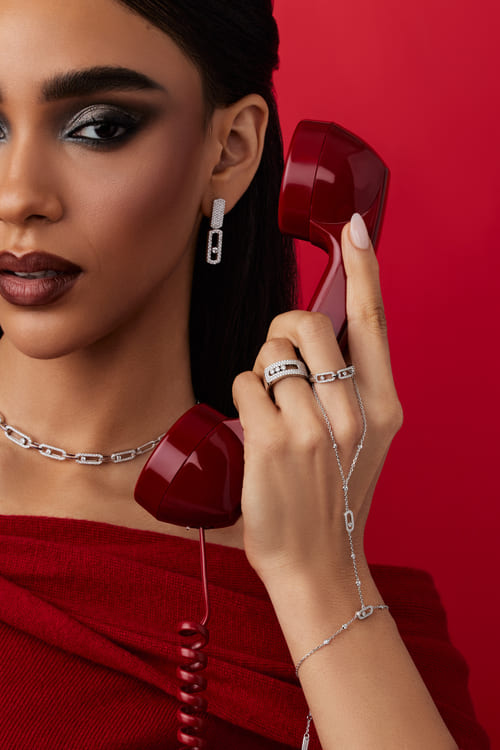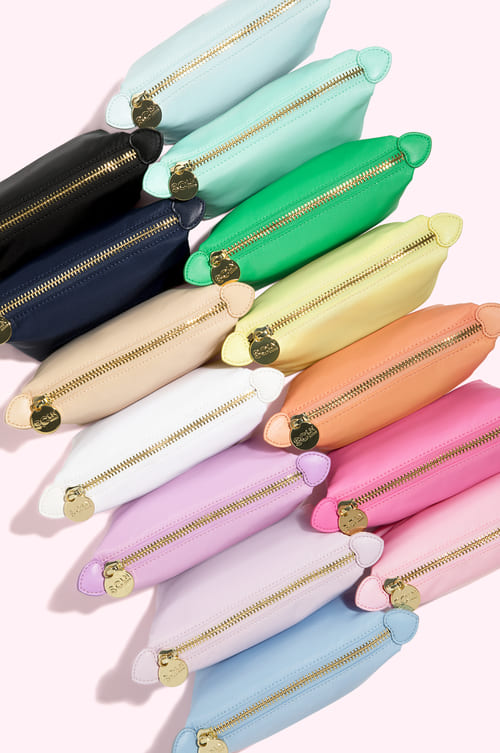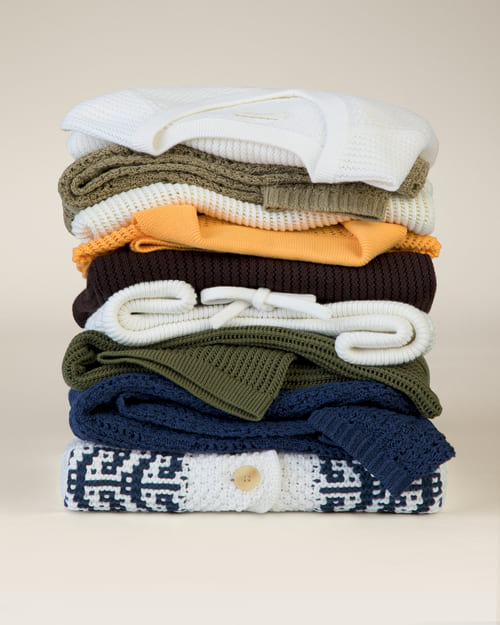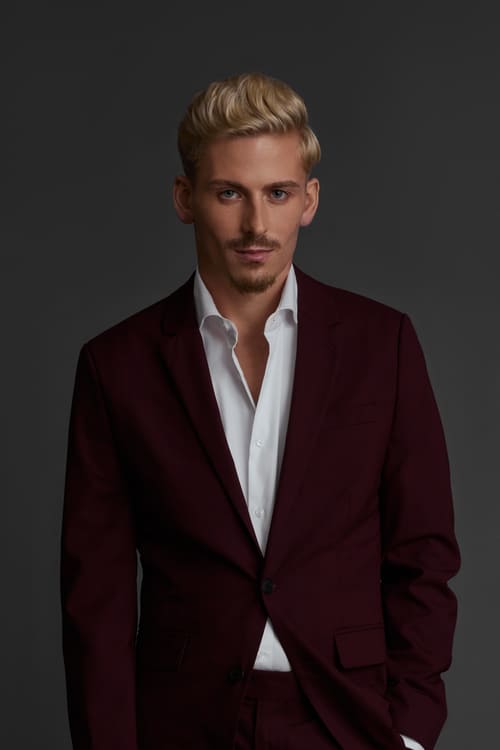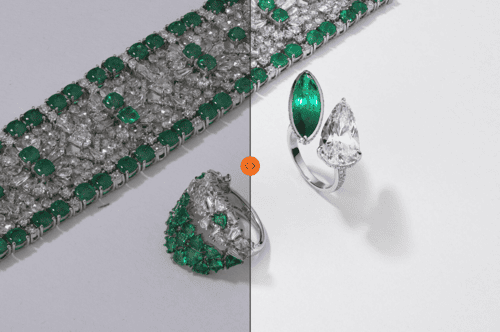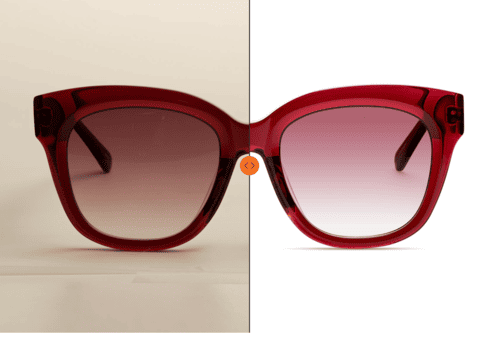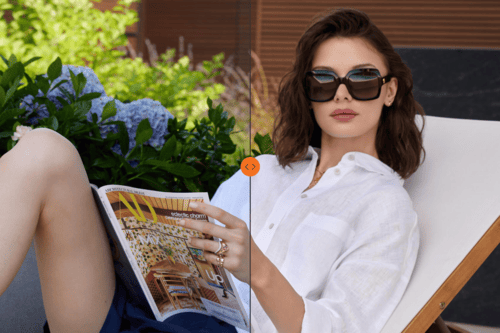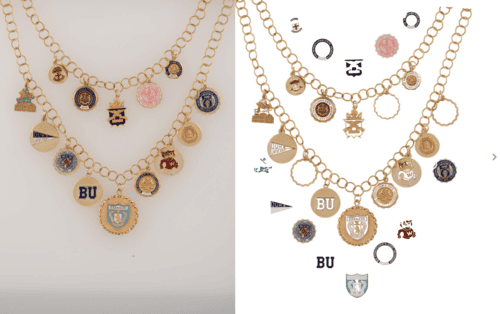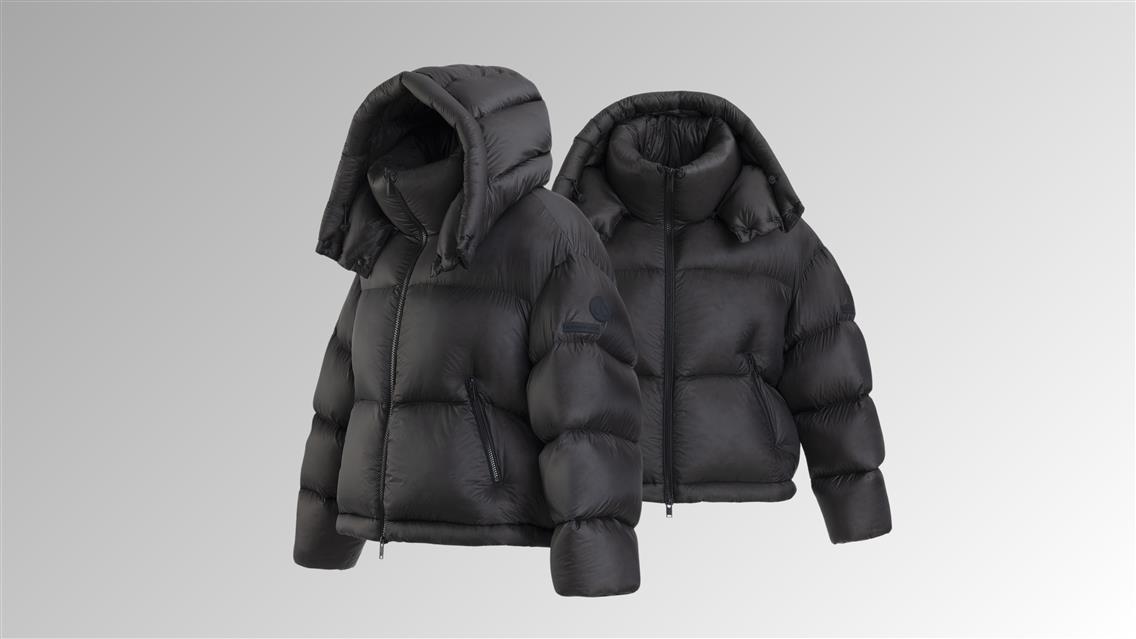How to Choose a Fashion Photography Course or Training
Breaking into fashion photography without proper guidance can be challenging. While having a formal education is not a requirement, structured courses, hands-on training, and mentorships can significantly accelerate your growth, refine your skills, and expand your professional network.
This article is part of a comprehensive series dedicated to aspiring photographers who aim to establish or grow their careers in the vibrant and competitive world of fashion photography. Each part of the series covers crucial aspects of fashion photography to equip you with the knowledge and insights needed to succeed professionally:
- Start a Fashion Photographer Career: The Fundamentals
- Build a Strong Fashion Photographer Portfolio
- How to Get A Job As a Fashion Photographer

Is a Formal Fashion Photography Education Necessary?
A degree in fine photography or fine arts can provide a solid foundation in technical skills, but it’s not a must-have in the fashion industry. Many successful fashion photographers are self-taught or have learned through apprenticeships, courses, and hands-on experience.
Pros of Formal Education
- Structured Learning – Photography schools offer a well-rounded curriculum covering composition, lighting, and business aspects.
- Access to Equipment – Universities and colleges often provide students with professional-grade cameras, lighting, and studios.
- Networking Opportunities – You meet like-minded peers, instructors, and industry professionals.
- Credibility and Career Advancement – Earning a degree from a recognized institution adds professional credibility, making you more competitive in the job market. Some clients and employers prefer photographers with formal qualifications, viewing them as well-trained and knowledgeable professionals.
Cons of Formal Education
- High Costs – Tuition fees can be expensive, especially for top-tier institutions.
- Time-Consuming – A photography degree typically takes 2–4 years, whereas practical experience can often lead to faster industry entry.
- Not Always Necessary – Many top photographers built their careers without a degree.
- Art over Business Focus – Many photography programs emphasize artistic skills over practical business knowledge. For instance, eCommerce photography often follows strict commercial guidelines, prioritizing consistency and efficiency over creativity. This structured approach may not be covered in school, leaving new photographers unprepared for industry expectations.
An alternative is to combine self-learning, online courses, and hands-on experience to build skills efficiently.
Best Online & Offline Photography Courses
If you're looking for an affordable, flexible way to master fashion photography, online courses and local workshops are excellent alternatives.
Top Online Platforms for Fashion Photography Courses
- MasterClass: High-quality courses by industry legends (e.g., Annie Leibovitz’s photography class).
- Domestika: Offers fashion photography-specific courses with practical assignments.
- Skillshare: Affordable subscription-based learning with diverse photography tutorials.
- Udemy: One-time purchase courses, ranging from beginner to advanced levels.
- CreativeLive: Live and on-demand fashion photography workshops.
What to Look for in an Online Course?
- Courses taught by industry professionals with real-world experience.
- Hands-on projects and assignments to apply your learning.
- Modules covering technical basics, retouching, and business skills.
Best In-Person Workshops & Schools for Fashion Photography
If you prefer hands-on learning, attending a local photography school or workshop can be invaluable. Some options include:
- London College of Fashion (UK) offers specialized fashion photography courses.
- School of Visual Arts (USA) is one of the best art schools with a focus on fashion photography.
- New York Film Academy has photography programs with real-world assignments.
- Fashion Institute of Technology (FIT, USA) courses cover commercial and editorial fashion photography.
- Leica Akademie workshops focused on high-end photography techniques.
What to Look for in an In-Person Workshop?
- Practical training with real models, stylists, and professional lighting.
- Portfolio development with access to studio settings.
- Networking opportunities with industry professionals.
Learning from Professionals & Mentorships
One of the best ways to fast-track your success in fashion photography is by learning directly from experienced professionals.
Ways to Find a Mentor:
- Attend fashion photography networking events.
- Join online communities like The Dots, Behance, and photography forums.
- Take personal coaching sessions with established photographers.
Learn from Iconic Fashion Photographers
- Analyze their work closely
- Recreate their style in practice shoots
- Blend different elements
Studying legendary fashion photographers is crucial for developing an eye for detail, composition, and storytelling. Each of these masters has a distinct style that has shaped the fashion industry, and analyzing their work can provide valuable lessons for aspiring fashion photographers.
Annie Leibovitz
The master of narrative-driven editorial photography, often featuring celebrities in dramatic, theatrical settings. She blends fashion, portraiture, and storytelling to create timeless, high-impact imagery and works with top magazines like Vanity Fair, Vogue, and Rolling Stone.
What You Can Learn from Her:
- Leibovitz’s photos feel cinematic because they tell a complete visual story rather than just showcasing clothing.
- She often uses natural and dramatic lighting to add depth and emotion.
- Her ability to direct models and celebrities brings out authentic expressions and personality, something crucial in high-end editorial shoots.
Try creating a narrative-driven editorial shoot, where the model is not just posing but interacting with the environment or props to tell a story.




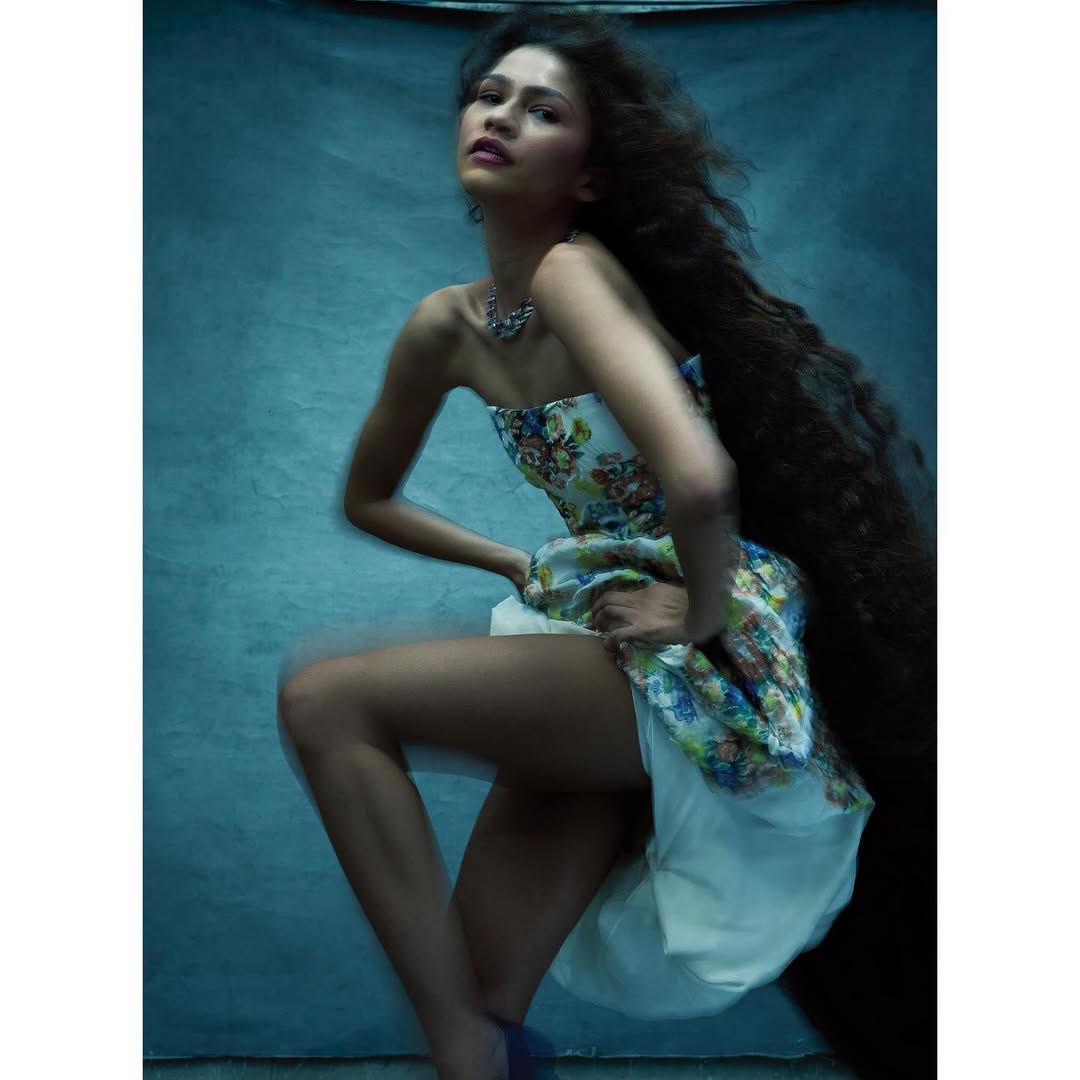


Mario Testino
Is known for glamorous, high-energy, and glossy fashion campaigns for brands like Versace, Burberry, and Dolce & Gabbana. His ability to capture confidence, sensuality, and elegance in his models is exceptional.
What You Can Learn from Him:
- Testino’s work is polished, aspirational, and always brand-aligned.
- His photos maintain sharpness and detail while still feeling glamorous and soft.
- He often captures models mid-motion, making the images feel lively, fresh, and powerful.
Experiment with high-gloss photography, using rich colors, sharp details, and vibrant backdrops to create a bold, luxury aesthetic.









Peter Lindbergh
was a pioneer of natural, raw beauty photography. He defined the ‘90s supermodel era, working with Naomi Campbell, Cindy Crawford, and Linda Evangelista. Broke the industry norm by rejecting heavy retouching and celebrating authentic, unfiltered beauty.
What You Can Learn from Him:
- Lindbergh proved that fashion photography doesn’t always need extravagance — a raw, natural portrait can be just as powerful.
- His grayscale tones focus on texture, emotion, and timeless elegance.
- Many of his shots feature outdoor, industrial, or cinematic locations, adding depth to the storytelling.
Try shooting in black and white, focusing on expression, shadows, and raw beauty rather than relying on makeup or fashion styling alone.

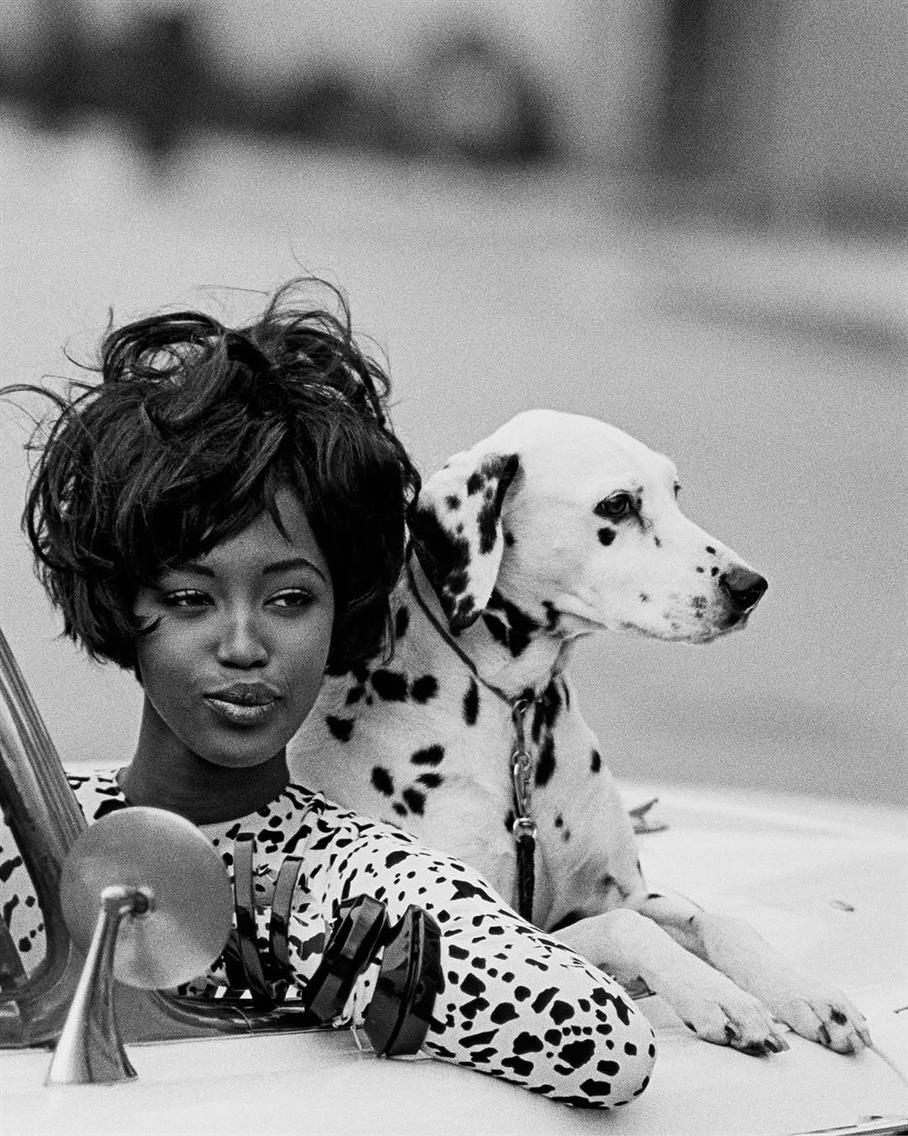



Terry Richardson
Recognized for his provocative and candid style, Richardson's straightforward, flash-heavy photographs emphasize spontaneity and authenticity, making him a significant figure in modern editorial fashion photography.
What You Can Learn from Him:
- Using simple setups (often just a direct flash) to create striking and authentic visuals.
- Encouraging models to be relaxed, natural, and expressive, resulting in more relatable, engaging imagery.
- Understanding how simplicity in lighting and backgrounds can amplify personality and attitude, allowing the model’s character to shine.


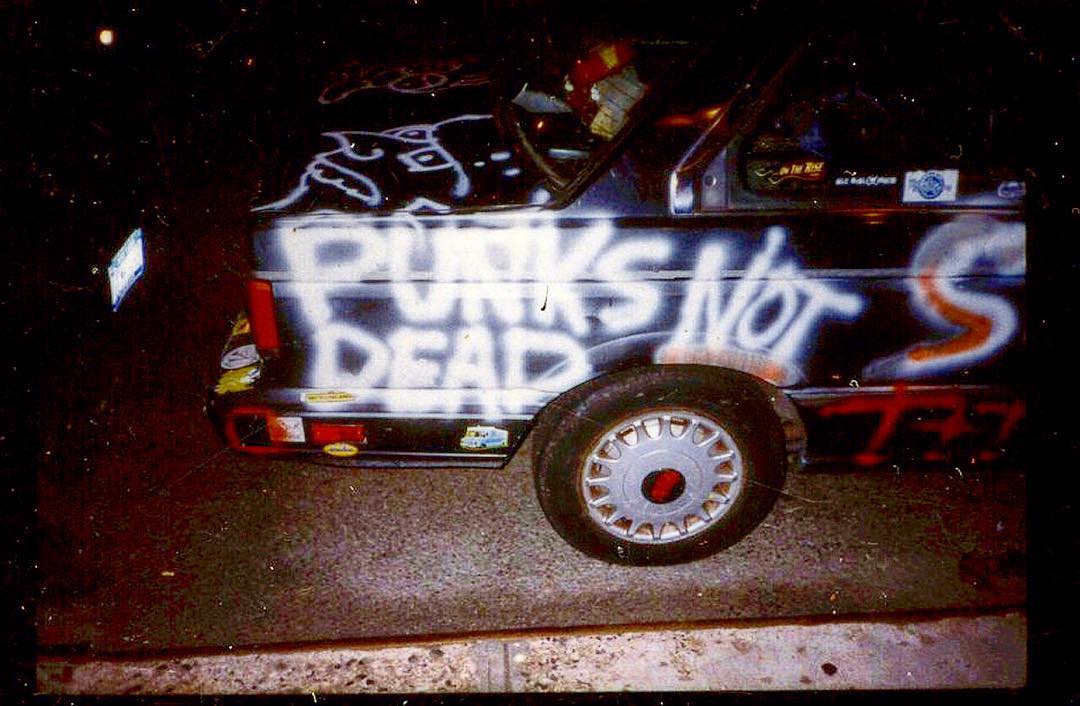

Mert and Marcus
This duo is famous for their luxurious and highly stylized approach, Mert Alas and Marcus Piggott create hyper-glamorous visuals characterized by vivid colors, flawless retouching, and polished aesthetics. They excel at translating brand identities into unforgettable images.
What You Can Learn from Them:
- Mastering bold color grading and retouching techniques to achieve polished, magazine-quality results.
- Balancing creativity with commercial appeal, ensuring high fashion photography remains accessible and brand-focused.
- Capturing powerful, visually dramatic compositions and poses that communicate high-fashion luxury and aspirational glamour effectively.

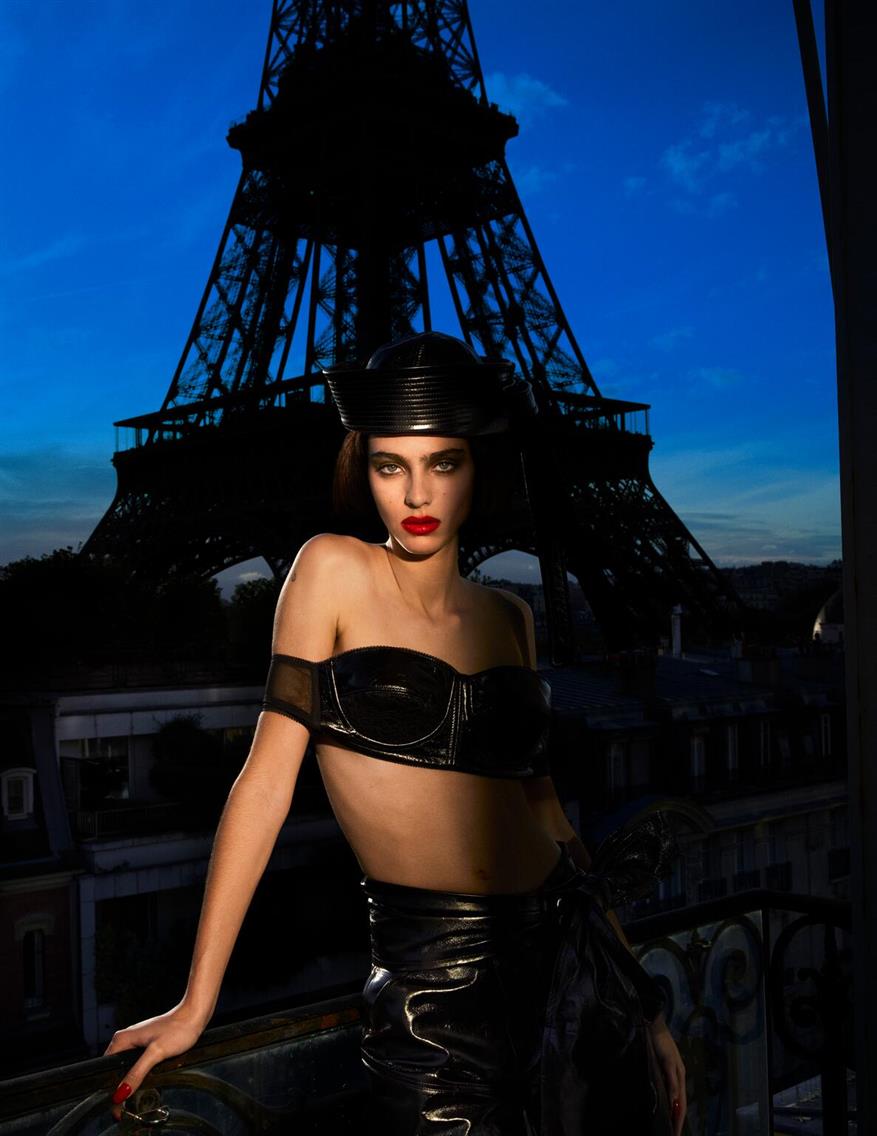
Final Thoughts on Choosing Fashion Photography Education
Choosing the right education, whether structured courses, online workshops, or mentorship, is a foundational step in your fashion photography career. Carefully evaluate training options that align with your goals, budget, and learning preferences. The ideal approach often combines practical hands-on experience, theory-based learning, and guidance from established photographers. Stay curious, flexible, and eager to experiment, blending formal education with self-driven exploration to cultivate a distinctive and industry-relevant photographic style.
Meanwhile, we encourage you to read the next article of our series:
